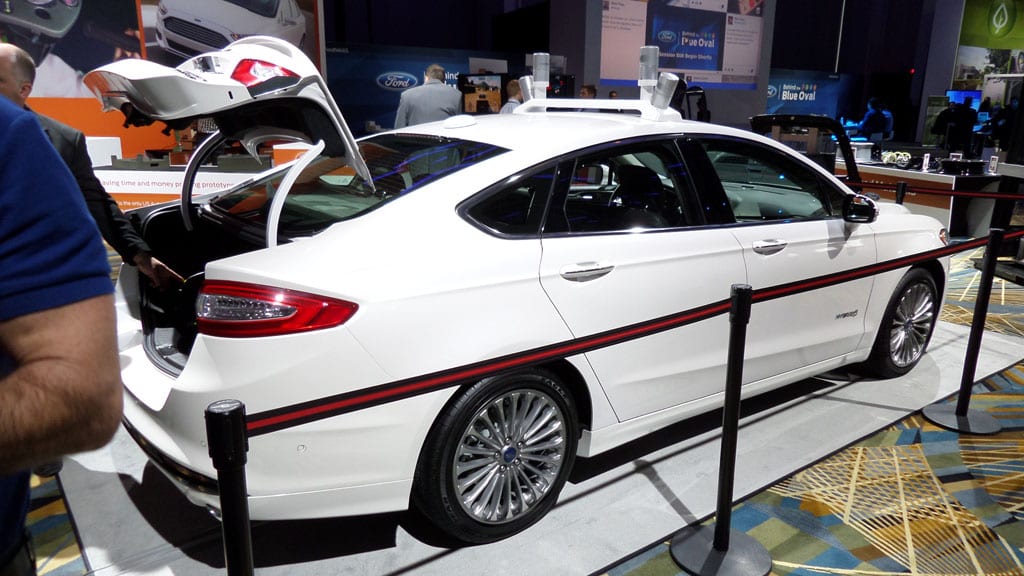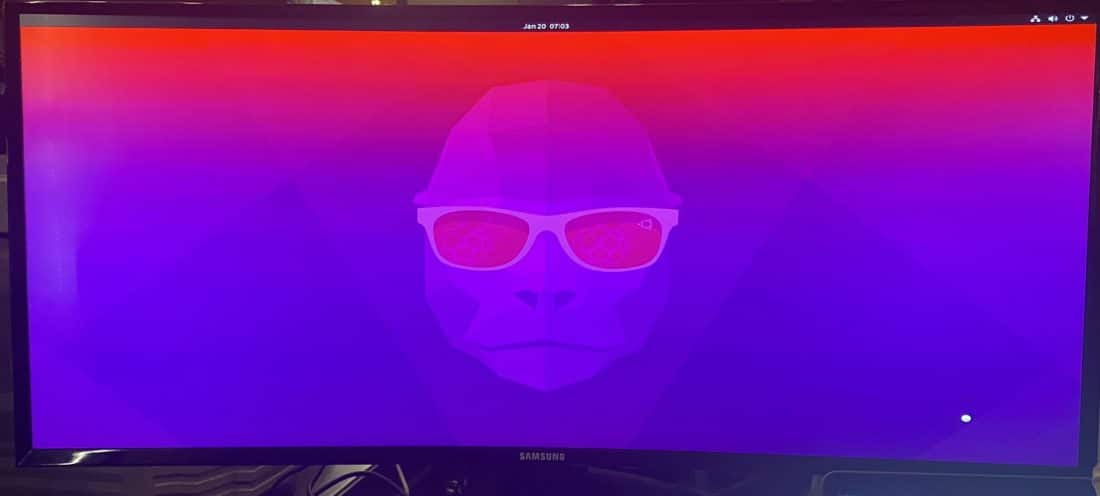Ford has opened an autonomous vehicle research and development facility in Palo Alto, which is in the southern portion of the San Francisco Bay area (otherwise known as Silicon Valley). Silicon Valley is famous for its rich history of high-tech innovation. Autonomous vehicle technology is certainly in the high-tech category, as it requires computers, cameras, proximity sensors, GPS, among other electronics.

Image Credit: Kompulsa / Nicholas Brown.
Home to the headquarters of many of the world’s greatest technology companies including Apple, AMD, Google, Netflix, Intel, Agilent, Apple, Facebook, HP, Symantec, Lockheed Martin, Yahoo!, and many more — Silicon Valley is seen by some as a land of opportunity (especially job opportunities). Some of these companies have been hungry for employees and paying salaries which average more than $100,000 USD annually (for example: Facebook) — San Francisco developers get paid some of the highest wages in the world.
What Does This Mean For Ford?
The pay standard in Silicon Valley is extremely high (as is the cost of housing), therefore, Ford is going to have to come up with a great deal of money to meet Silicon Valley employees’ high expectations. Can they compete with the other ultra-wealthy companies in this region? I think it’s possible, and great things could come of it. There are many innovative minds in the San Francisco Bay area.
‘Future mobility solutions will require fresh ideas and vigorous collaboration between researchers inside Ford and with other technology leaders outside the automotive industry,’ said Raj Nair, Ford group vice president, Global Product Development and chief technical officer. ‘Our Palo Alto research team will build on existing relationships with universities and technology companies, and forge new ones to help us create and apply the appropriate technology working together.’
Ford will also integrate with the Nest API to boost HVAC efficiency further by notifying thermostats that building occupants have left, activating Auto-Away™ mode. When people approach buildings, the vehicle will notify the thermostat, causing HVAC units to activate and cool/heat buildings to the users’ desired temperature. This enables people to avoid coming home to a cold or hot house and having to wait for their HVAC units to warm up/cool off. This will also discourage them from leaving them on while away to avoid this discomfort, which is wasteful.
Source, and further reading: Ford.







